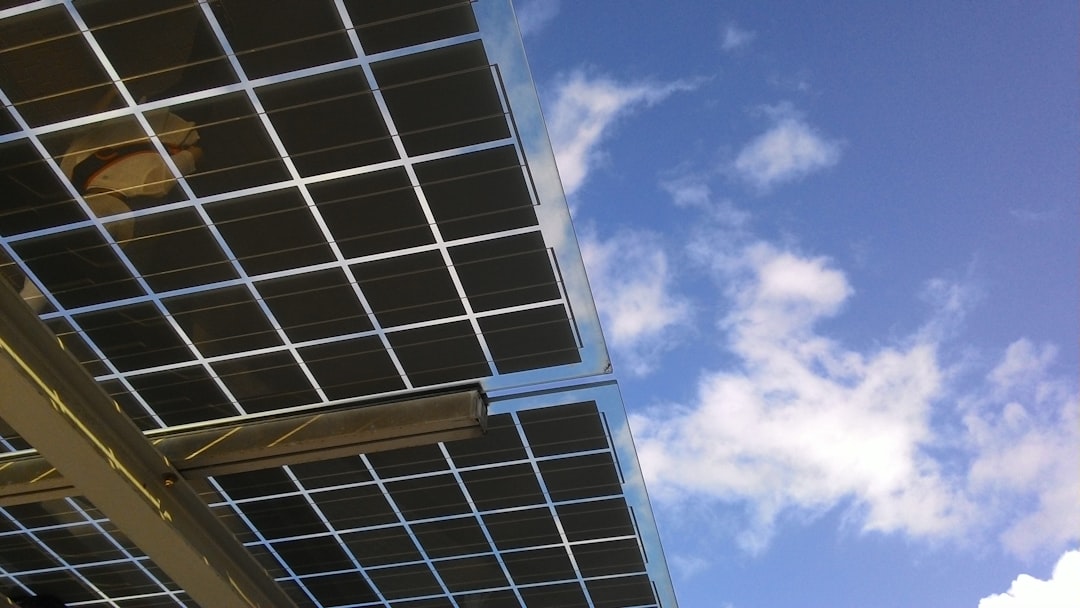What is it about?
Following the journal’s peer review process, eight outstanding papers derived from the scientific seminar of Italian Transport Academicians “Methods and technologies for quality, safety, security and efficiency through ITS”, which took place in Politecnico di Torino in 2015, were accepted for publication in this Special Issue. It is clear that the majority of papers presented at the seminar were dealing with ITS which coincides with the main EU research objective of making the European transport system more resource-efficient, climate and environmentally friendly, safe and seamless for the benefit of all citizens, the economy and society. We are moving towards a smart, green and integrated transport system, as conceived in the Horizon 2020 research programme.
Featured Image
Why is it important?
Every two years the academics belonging to the Italian academic group named “Transport” dealing with “Transport systems” meet together, in order to share their scientific and technical results during a scientific seminar; the most recent one took place at the Politecnico di Torino (Turin) in September 2015. The Italian Universities alternate with each other to host the event. The main issues of this scientific seminar can be summarised as pursuing innovative transport systems, services and solutions, in particular the subjects related to a gradual independence of the main energy source that transport systems are based on and the use of lower energy per unit mass in motorised mobility in order to reduce the energy consumption per person and - consequently - greenhouse gas emissions. The Selected papers from ITS scientific seminar of Italian Transport Academicians have been summarised in this special issue, dealing with: Methods and technologies for quality, safety, security and efficiency through ITS.
Read the Original
This page is a summary of: Guest Editorial, IET Intelligent Transport Systems, May 2016, the Institution of Engineering and Technology (the IET),
DOI: 10.1049/iet-its.2016.0129.
You can read the full text:
Contributors
The following have contributed to this page










